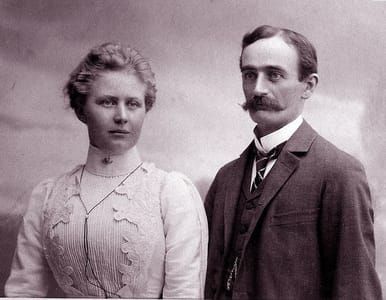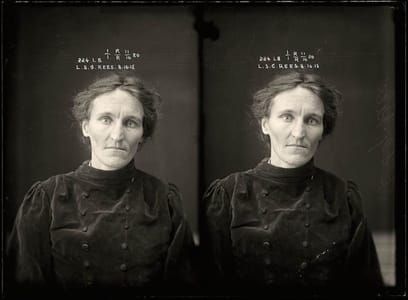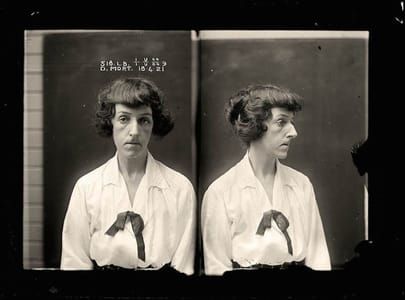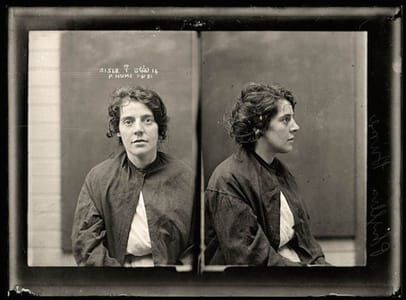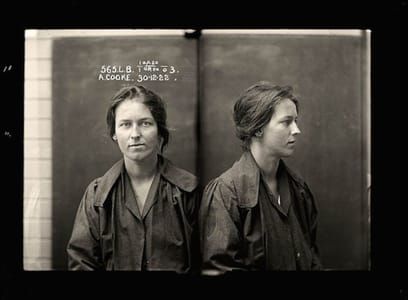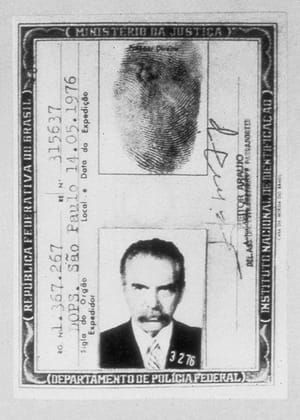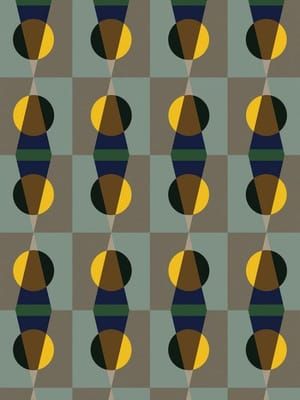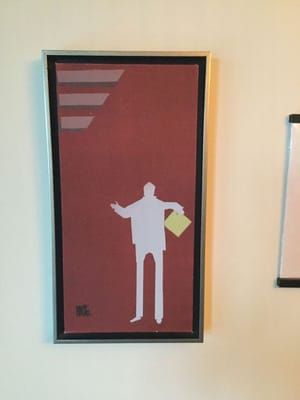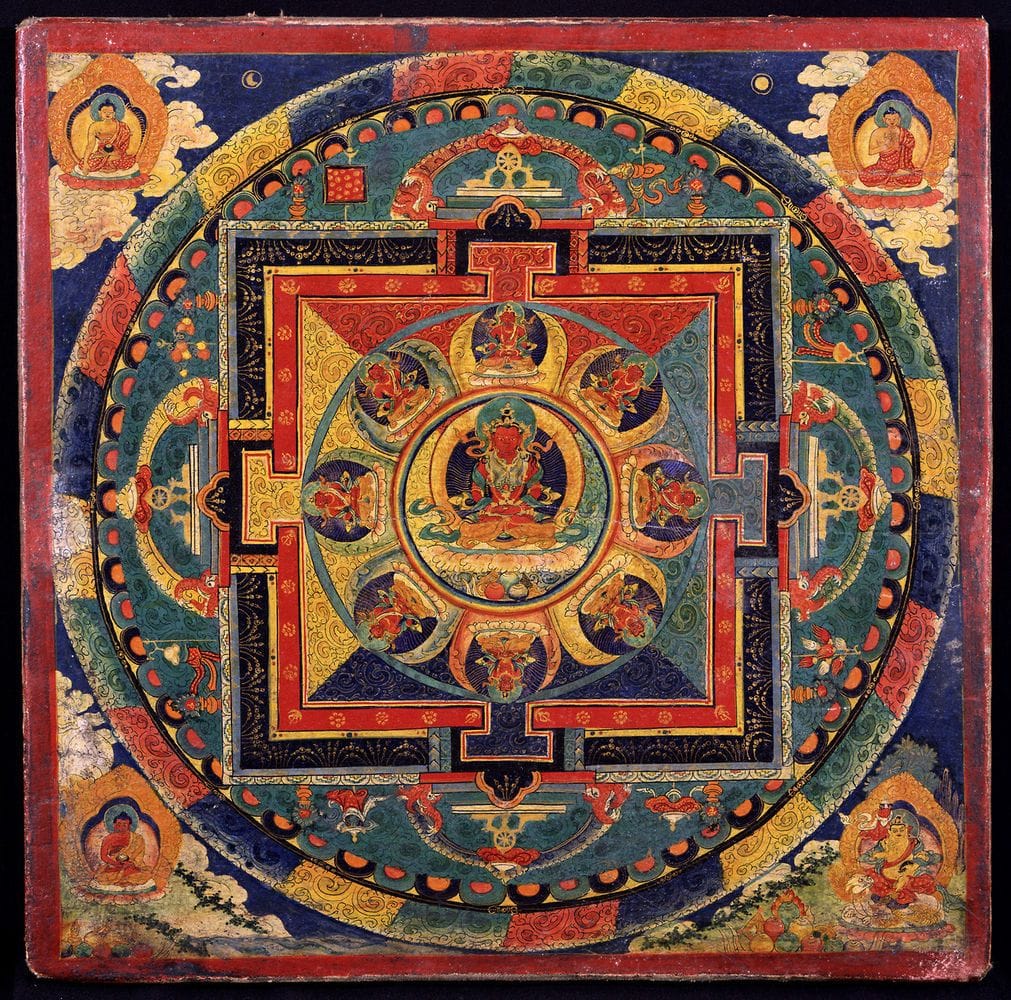

Amitayus Nine Deity Mandala
Unknown
Title: Amitayus Nine Deity Mandala (Tibetan: tse pag me lha gu kyil kor) according to the lineage of mahasiddha Jetari.
Amitayus Tibetan: Tse pag me
There are many different Buddhas represented in Buddhist art and aside from the numerous images of the historical buddha Shakyamuni the next most common to appear in art is likely to be Amitabha (immeasurable light). His popularity is based in the Mahayana Sutra literature of which there are many texts devoted to him. In art depictions Amitabha has two appearances and two names that differentiate those appearances. When referred to as Amitabha he has the appearance of a standard buddha form, although red in colour, wearing the traditional patchwork robes of a monk. In his other appearance he has a different name, Amitayus (immeasureable life), and wears the clothing and jeweled adornments of a peaceful heavenly god according to the classical Indian system of divine aesthetics.
From the various traditions of Amitabha/Amitayus, this mandala originates according to Vajrayana Buddhism from the Tantra literature and the Sanskrit text called the Arya-aparimitayurjnana-nama-mahayana-sutra [TOH 674, 676]. The primary goal of this mandala and associated practice is the accomplishment of complete enlightenment. Long-life, life extension, and deathlessness are the metaphors used in the meditation practice focusing on the visualized form of Amitayus. Deathlessness equals enlightenment. The principal Indian Buddhist scholar associated with the popularization of this tradition of the Amitayus Nine Deity mandala is mahasiddha Jetari who lived between the 9th and 10th centuries.
At the center of the mandala is Amitayus, red in colour with one face and two hands placed in the gesture of meditation, holding a golden vase of long-life nectar. Adorned with various ornaments and silks, he sits in vajra posture. Eight identical forms, slightly smaller, surround the central figure. In the east is Vajra Amitayus (directly below the principal form of Amitayus), south Ratna Amitayus, west Padma Amitayus, north Karma Amitayus. In the northeast is Buddha Amitayus, southeast Guna Amitayus, southwest Jnana Amitayus and northwest Achala Amitayus.
Within the dimensions of the square painting only the large circular form and what is contained inside actually constitute the mandala of Amitayus.
In contrast to the vertically hung paintings this object is meant to lie flat on a table. It is painted on cloth and then glued to a flat square piece of wood. It functions as a ritual object at the center of a shrine and specifically for the initiation ceremony or rituals of the practice of Amitayus. Square mandala plates such as this are used again and again. They are typically found in temples where Amitayus holds a special place and yearly ceremonies to Amitayus are done according to the religious calendar.
The four additional figures outside of the mandala circle are essentially decorative. At the viewer's top left is Shakyamuni Buddha, golden in colour. At the right is the future Buddha, Maitreya. At the bottom left is Amitabha Buddha, red in colour. At the right is Vaishravana a guardian king in Buddhist cosmology, riding on a lion.
[https://www.himalayanart.org/items/553]
Uploaded on Dec 13, 2017 by Suzan Hamer
Unknown
artistArthur
Wait what?
